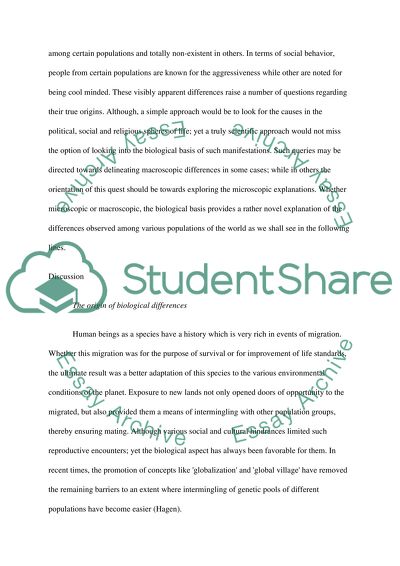Cite this document
(“Biological differences between different populations. What kinds of Essay”, n.d.)
Retrieved from https://studentshare.org/anthropology/1492679-what-kinds-of-biological-differences-exist-between
Retrieved from https://studentshare.org/anthropology/1492679-what-kinds-of-biological-differences-exist-between
(Biological Differences Between Different Populations. What Kinds of Essay)
https://studentshare.org/anthropology/1492679-what-kinds-of-biological-differences-exist-between.
https://studentshare.org/anthropology/1492679-what-kinds-of-biological-differences-exist-between.
“Biological Differences Between Different Populations. What Kinds of Essay”, n.d. https://studentshare.org/anthropology/1492679-what-kinds-of-biological-differences-exist-between.


